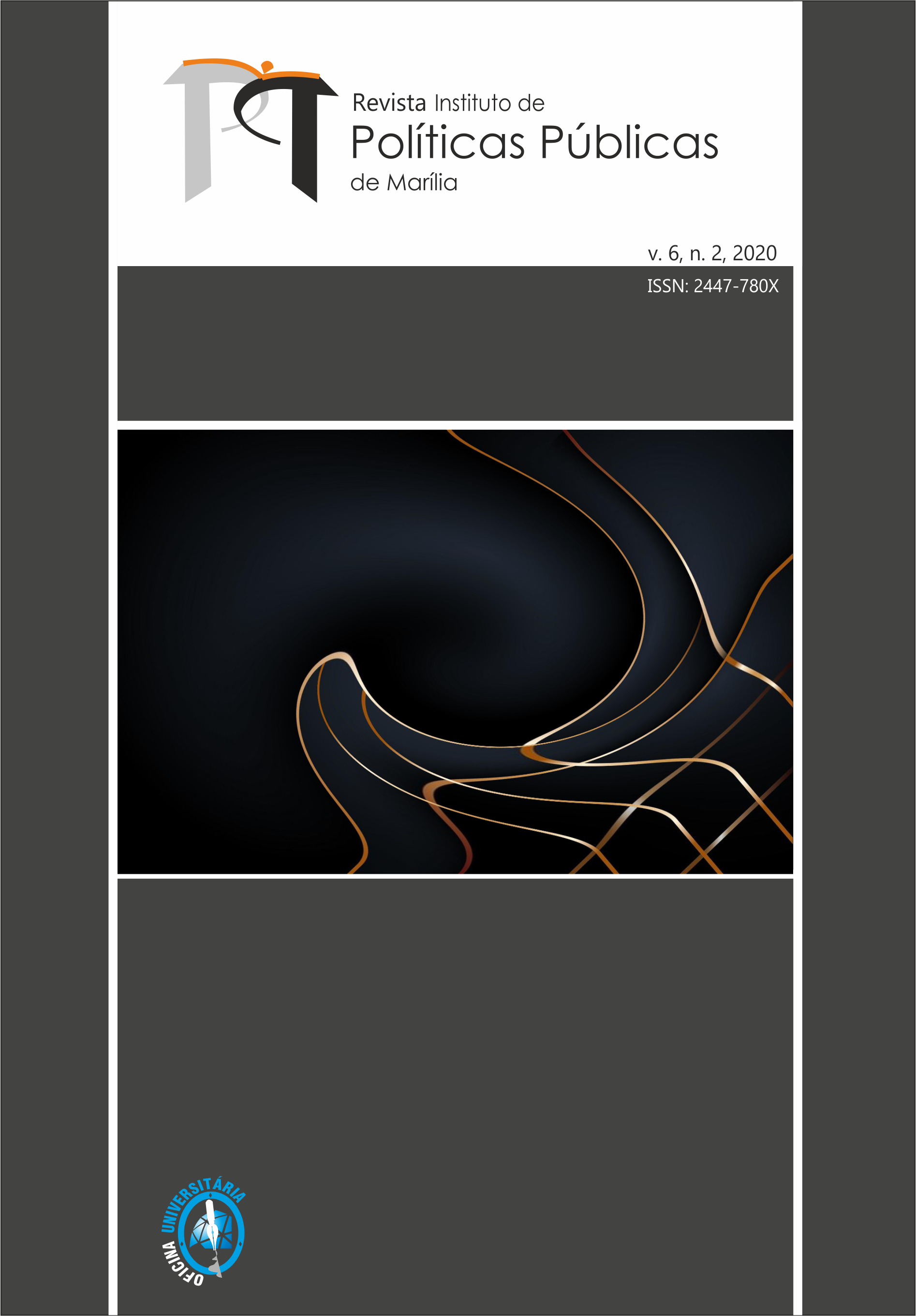Um estudo sobre evasão no curso de engenharia civil
DOI:
https://doi.org/10.36311/2447-780X.2020.v6.n2.04.p47Keywords:
Evasão, engenharia civil, EstatísticaAbstract
The dropout of students in basic and higher education impacts on the sustainability of training institutions and educational quality. The Engineering courses have rates of graduates lower than 50% and, when we analyze the civil engineering classes, this amount is even lower, indicating that there is a high dropout rate of the course. Thus, the objective of this study was to study the dropout index of the Civil Engineering course of the Federal Institute of Education, Science and Technology of Ceará - IFCE, Fortaleza campus, in order to analyze and provide data to assist in the course management and planning of offers considering the evasion rate. The methodology of qualitative and quantitative approach was used from the data provided by the coordination of academic control - CCA, through the Q-academic system. The file provided was in spreadsheet format, containing the enrollment number of each students, the enrollment status and enrollment status in the period, and did not contain the student ID. The period of data collected was between classes from 2012.2 to 2018.2. With the information provided, the dropout rate was calculated for each class and statistical analysis was performed. As a result, the number of students evacuated was obtained in relation to the number of students entering each class. Thus, the institution investigated can use the equation, AE = -3.889 + 0.449 TM, to manage the courses, plan the offer of classes of the Civil Engineering course.
Downloads
Downloads
Published
Issue
Section
License
Copyright (c) 2020 Revista do Instituto de Políticas Públicas de Marília

This work is licensed under a Creative Commons Attribution 4.0 International License.
The published document becomes the property of the Revista RIPPMar, with its total or partial reprint being subject to the Creative Commons CC BY license adopted by the journal, and the original publication source must be acknowledged. No submission, evaluation or editing fees are charged.







